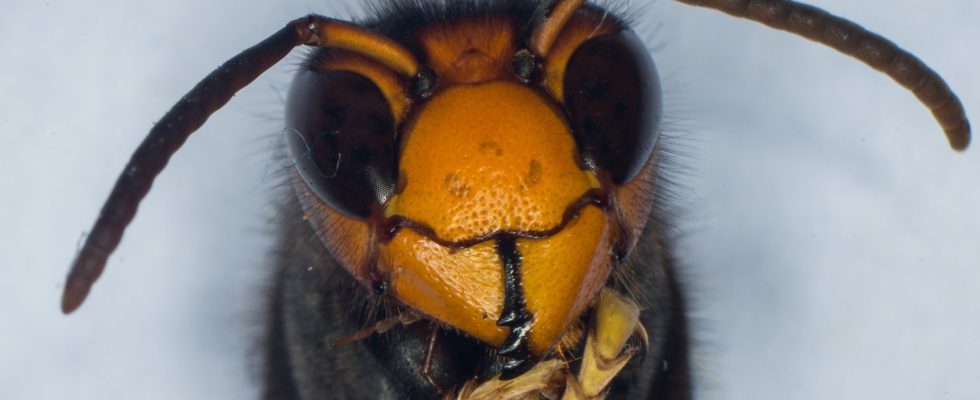In nature too, hell is sometimes other people. Invasive alien species, introduced by man, represent a tidal wave in the face of which humanity has so far proved relatively powerless. Asian hornet, American crayfish but also ambrosia, Japanese knotweed or cute squirrels and raccoons: invaders are proliferating, favored by globalization or climate change, ravaging crops and forests, spreading diseases and threatening the quality of life on Earth .
To assess and counter this “immediate emergency”, the IPBES, nicknamed the IPCC for biodiversity, published an unprecedented report on Monday, September 4, the result of the synthesis of more than 13,000 studies carried out by a large panel of international experts. . They count 37,000 exotic species in the world. 3,515, or less than 10%, are considered invasive, that is to say that there is “evidence” of the “negative effects, and in some cases irreversible” that they cause, according to this panel which advises the United Nations Convention on Biological Diversity. Among these public enemies, 6% are plants, 22% invertebrates, 14% vertebrates and 11% microbes.
“Darwin’s Nightmare”
Invasive species play a “major role” in 60% of extinctions. And they are even the only cause in 16% of cases. Their main misdeeds are to disrupt ecosystems (27%), to compete with native species (24%) or predation (18%), according to IPBES. Emblematic example: the recent deadly fire in Maui (Hawaii) was fueled in part by plants imported to feed livestock, which spread in abandoned sugar plantations. Because invasive species also have a negative impact on humans, affecting “livelihoods, food security, access to water, the economy and health”, underlines the report.
The list of damage is long: American forests ravaged by Asian jumping worms, seagrass beds greedily eaten by rabbitfish in Turkey, a vicious circle linked to the introduction of Nile perch into Lake Victoria described in the documentary ” Darwin’s nightmare”… In 2019, their overall cost was estimated at $423 billion, equivalent to the GDP of Denmark or Thailand. An amount “probably greatly underestimated”, which has quadrupled every decade since 1970.
Nicknamed “silent killer”, like Batrachochytrium dendrobatidis, a microscopic fungus that breaks down the skin of amphibians, “green cancer” like Miconia calvescens, a Mexican tree that threatens Tahitian forests or “plague” carrying diseases like the tiger mosquito , invasive alien species result from voluntary introductions but also from simple accidents. The Mediterranean, for example, is full of non-native fish and plants, such as lionfish or so-called “killer” algae, which traveled as stowaways in the holds of cargo ships from the Red Sea via the Suez Canal. .
“The cost of inaction is really high”
Europe, the Americas and Central Asia are home to the greatest concentrations of these pests. And islands and indigenous peoples highly dependent on nature are particularly vulnerable. “Threats related to biological invasions are growing at an unprecedented rate” all over the world. “And for sure, things will get much worse,” Helen Roy, one of the report’s three co-chairs, told AFP. If nothing is done, the IPBES estimates that their number will have increased by 36% in 2050, compared to 2005.
Is the battle therefore lost in advance? Not necessarily. “Managing biological invasions is realistic and achievable, with substantial benefits for nature and people,” says IPBES. The intergovernmental platform lists three lines of defense: prevention, eradication and containment. The first remains “the most profitable option”.
Still need to get on with it. So far, only 17% of countries have adopted national strategies to tackle the problem head-on and almost half (45%) are doing nothing, it says. “The cost of inaction is really high,” said Anibal Pauchard, co-chair of the report. “Humans are at the heart of the problem but they are also at the center of the solution,” adds Helen Roy.
The Kunming-Montreal agreement, adopted by the international community at the end of 2022, sets the objective of reducing the rate of introduction of invasive alien species by 50% by 2030. According to Anne Larigauderie, executive secretary of the IPBES, this commitment is “essential, but also very ambitious”. The report provides “the necessary evidence, tools and options” to make it “more achievable”.
